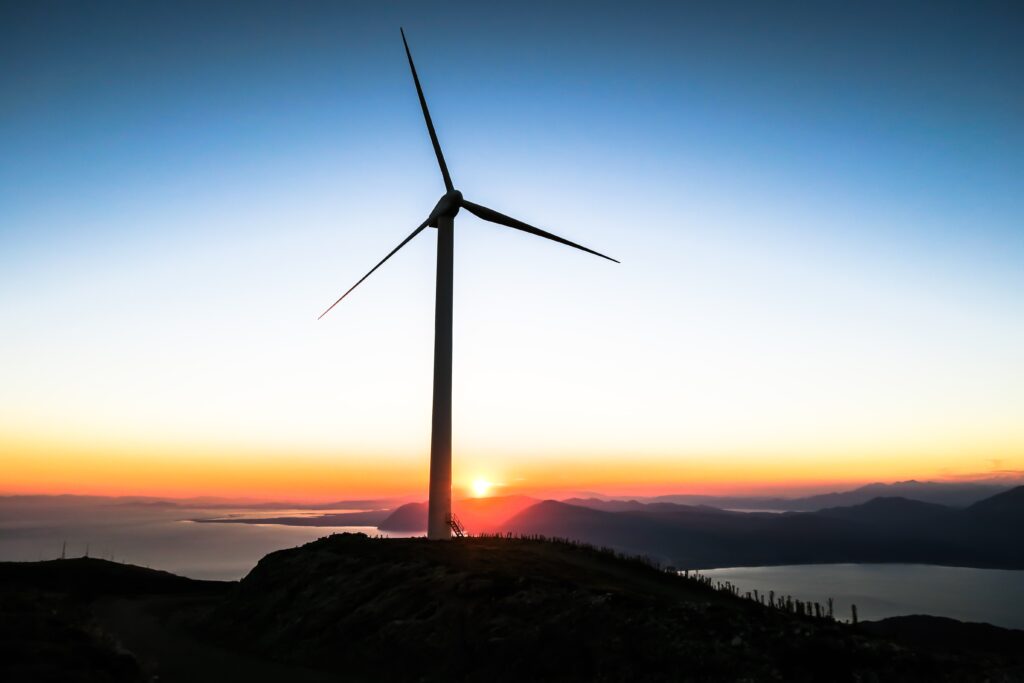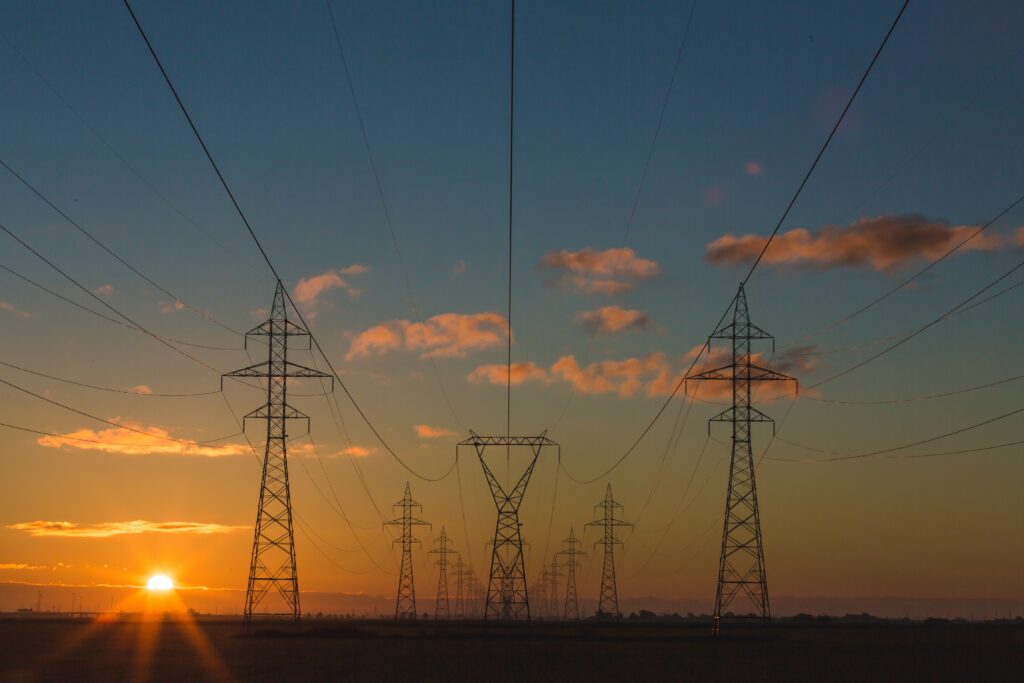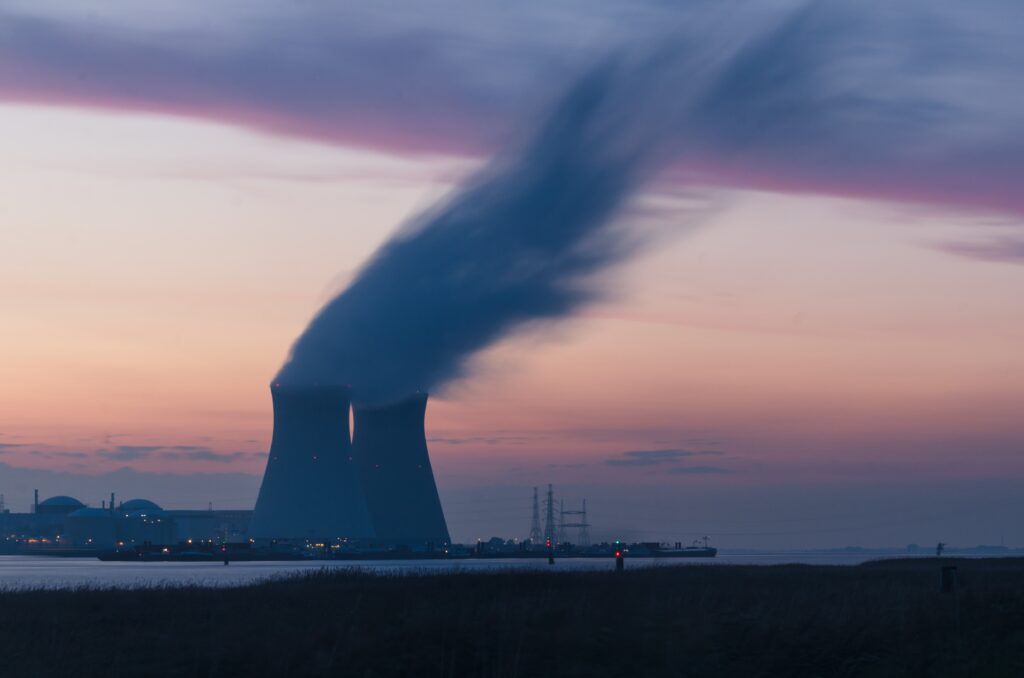Imagine having a clear understanding of how long 10 kWh of power could keep your home running smoothly. You’ll be glad to know that in this article, we’ll explore just that. Whether you’re curious about the duration it can fuel your appliances or looking to optimize your energy usage, we’ve got you covered. So, get ready to discover the answer to the burning question: how long can 10 kWh power a home?
Clarifying Key Terms
What is kWh
kWh stands for kilowatt-hour, which is a unit of measurement for electrical energy. It represents the amount of energy that is consumed when a device with a power rating of 1 kilowatt operates for one hour. It is commonly used to measure the usage and billing of electricity.
Explanation of Power and Energy
Power and energy are two terms that are often used interchangeably, but they have distinct meanings in the context of energy consumption.
Power refers to the rate at which energy is used or transferred. It is measured in watts (W) and represents the amount of energy consumed or produced per unit of time.
Energy, on the other hand, is the capacity to do work. It is the total amount of power used over a specific period of time. Energy is measured in kilowatt-hours (kWh) and represents the actual consumption of electrical energy.
It’s important to understand the relationship between power and energy when considering the usage and duration of 10 kWh in a home.
Understanding Energy Consumption
What Determines How Much Energy a Home Uses
The energy consumption of a home is influenced by various factors. Some of the key determinants are:
-
Number of occupants: The more people living in a home, the higher the energy demand is likely to be. Additional residents often result in increased usage of appliances, lighting, and heating or cooling systems.
-
Size and layout of the home: Larger homes typically require more energy to heat, cool, and power. The design and efficiency of the home’s insulation and windows can also impact energy consumption.
-
Appliance and equipment efficiency: The efficiency of appliances and electrical equipment used in a home greatly affects energy consumption. Energy-efficient models can significantly reduce the amount of electricity needed for daily tasks.
Overview of the Average Home Energy Consumption
The average home energy consumption can vary depending on several factors, such as climate, household size, and lifestyle. However, according to the U.S. Energy Information Administration (EIA), the average residential household in the United States consumes around 877 kWh per month.
This monthly average can give us an idea of the amount of energy a typical home uses throughout the year. However, it’s important to note that individual circumstances and regional variations can result in significant deviations from this average.

Essential Home Appliances & Their Energy Consumption
Breakdown of the Energy Consumption of Common Home Appliances
Home appliances contribute to a significant portion of a household’s energy consumption. Here is a breakdown of the energy usage of some common appliances:
-
Refrigerator: Refrigerators are one of the largest energy consumers in a home, accounting for approximately 8% of the total energy usage. Newer models with energy-saving features can help reduce this consumption.
-
HVAC Systems: Heating, ventilation, and air conditioning (HVAC) systems consume a substantial amount of energy, often making up around 40% of a home’s total energy usage. Regular maintenance and upgrading to energy-efficient models can help minimize energy consumption.
-
Televisions and Computers: Electronics, including televisions and computers, can account for about 3-4% of a home’s energy usage. Using power-saving settings and turning devices off when not in use can help reduce their impact.
How HVAC Systems, Refrigerators, and Other Appliances Drain Energy
HVAC systems and refrigerators are particularly energy-intensive due to their continuous operation. HVAC systems require electricity to power the fans, pumps, and compressors responsible for heating or cooling the home. Refrigerators, on the other hand, use electricity to maintain a cool temperature and prevent food spoilage.
Other appliances such as washing machines, dryers, dishwashers, and stoves also contribute to a home’s energy consumption. Their energy usage varies depending on factors such as the number of loads, duration of use, and energy efficiency ratings.
Calculating Power Usage of Common Appliances
Explanation of How Electrical Appliances are Rated in Terms of Watts
The power usage of electrical appliances is measured in watts (W). The wattage rating indicates the amount of power an appliance consumes during operation. Common appliances have varying wattage ratings, with some examples as follows:
-
Light Bulbs: A typical incandescent light bulb may have a wattage rating of 60 watts, whereas energy-efficient LED bulbs can provide the same amount of light using just 9 watts.
-
Microwave Oven: A microwave oven might have a wattage rating between 600 and 1200 watts, depending on its size and features.
-
Hair Dryer: Hair dryers can range from 800 to 2000 watts, with higher wattage models providing faster drying times.
The Formula for Calculating the Energy Consumption of Appliances
To calculate the energy consumption of an appliance, you need to consider both the wattage rating and the duration of usage. The formula for calculating energy consumption is as follows:
Energy Consumption (kWh) = (Power Rating (W) × Usage Time (hours)) / 1000
For example, if you have a 100-watt light bulb that you use for 5 hours per day, the energy consumption would be:
(100 W × 5 hours) / 1000 = 0.5 kWh
This formula can be used to estimate the energy consumption of various appliances in your home.

Exploring The Concept of 10 kWh Power
Visualization of What 10 kWh Energy Can Do
To better understand the concept of 10 kWh power, let’s visualize its potential. Imagine 10 kWh as a bucket of energy that can be used to power various electrical devices.
With 10 kWh, you could:
- Run a 100-watt light bulb continuously for 100 hours.
- Use a 1,000-watt microwave oven for 10 hours.
- Charge a laptop with a 50-watt charger for 200 hours.
- Operate a 500-watt air purifier for 20 hours.
Practical Examples of 10 kWh Power
In practical terms, 10 kWh of power can meet the energy needs of an average U.S. household for a short duration. It is important to note that 10 kWh is not sufficient to power an entire home continuously, especially considering the higher energy demands of appliances like HVAC systems and refrigerators.
However, it can be useful as a backup power source during temporary outages or to supplement the energy usage of energy-efficient homes.
How Long Can 10 kWh Power A Home
Detailed Calculation of How Long 10 kWh Can Last in a Home
To determine how long 10 kWh can power a home, we need to consider the average energy consumption of a household and connect it with the energy capacity of 10 kWh.
As mentioned earlier, the average residential household in the United States consumes around 877 kWh per month. Assuming this average, 10 kWh would account for approximately 1.1% of the monthly energy consumption.
Given that 10 kWh is equivalent to 10,000 watt-hours (Wh), you could calculate the duration of usage by dividing the total watt-hours by the average power consumption of your home.
For example, if your home has an average power consumption of 1,000 watts, the calculation would be:
10,000 Wh / 1,000 W = 10 hours
This means that 10 kWh could power your home for approximately 10 hours.
Factors That Might Influence This Calculation
It’s essential to consider that several factors can influence the calculation of how long 10 kWh can power a home:
-
Energy-efficient appliances: Energy-efficient appliances use less power and can stretch the duration of 10 kWh.
-
Seasonal variations: Energy consumption tends to increase during extreme weather conditions, which can reduce the duration of 10 kWh.
-
Lifestyle and usage habits: If you have higher energy demands or use appliances for longer durations, the 10 kWh power supply may not last as long.
With these factors in mind, it’s important to assess your specific energy consumption patterns to better understand how long 10 kWh can power your home.

Impact of Seasonal Variations on Power Consumption
How Weather Conditions Affect Energy Use
Seasonal variations in temperature greatly influence the energy consumption of a home. In extreme weather conditions, such as scorching summers or freezing winters, the usage of heating and cooling systems increases dramatically.
During hot summers, air conditioning systems require significant energy to maintain a comfortable indoor temperature. Similarly, in cold winters, heating systems consume substantial amounts of energy to warm the home.
Explanation of Increased Energy Use in Extreme Temperatures
Extreme temperatures intensify the workload of HVAC systems and lead to increased energy usage. When the external temperature is significantly different from the desired indoor temperature, heating or cooling units must work harder to compensate and achieve the desired comfort level.
This increased workload translates to a higher power demand and consequently a shorter duration that 10 kWh could power a home. It’s important to be mindful of these seasonal variations when considering energy consumption and planning for backup power sources.
Role of Energy-Efficient Appliances
How Energy-Efficient Appliances Use Less Power
Energy-efficient appliances are designed to minimize power consumption while still performing their intended functions effectively. They achieve this efficiency through various advancements, including:
-
Improved insulation: Energy-efficient appliances are designed with better insulation, reducing energy loss and making them more efficient in their operation.
-
Advanced technology: Energy-efficient appliances often incorporate advanced technology, such as sensors and intelligent controls, to optimize energy usage.
-
Higher energy ratings: Energy-efficient appliances are rated by independent bodies based on their energy performance. Look for devices with high energy efficiency ratings, such as Energy Star certification.
Potentials for Energy Saving With Energy-Efficient Appliances
Using energy-efficient appliances can have a significant impact on your overall energy consumption and the duration 10 kWh power can last in your home. By replacing older, inefficient appliances with energy-efficient models, you can potentially reduce your energy usage and save money on your electricity bills.
The energy savings achieved by using energy-efficient appliances will vary depending on the specific appliances being replaced and their usage patterns. However, in general, these appliances can contribute to long-term energy conservation and reduce the strain on your energy supply.
Real Life Cases And Experiences
Stories of Energy-Efficient Homes and Their Power Usage
Several homeowners have adopted energy-efficient measures in their homes to reduce their energy consumption and make the most of their power supply. Here are a couple of real-life examples:
-
The Johnson Family: The Johnsons decided to upgrade their home appliances to energy-efficient models. By installing an energy-efficient refrigerator, LED light bulbs, and a high-efficiency HVAC system, they managed to reduce their energy consumption by 25%, resulting in substantial energy cost savings.
-
The Greenfield Residence: The Greenfields invested in solar panels and a battery storage system for their home. With these renewable energy solutions, they were able to generate their own electricity and substantially reduce their reliance on the grid. With careful energy management and the use of energy-efficient appliances, they achieved a nearly self-sustaining home energy system.
Experiences of Homeowners With 10 kWh Energy
Homeowners who rely on a 10 kWh power supply often use it as a backup during power outages or as an energy supplement to reduce their reliance on the grid. Here are a few experiences shared by homeowners:
-
Mark and Sarah: Mark and Sarah live in a small off-grid cabin and rely on solar panels and batteries for their power needs. With a 10 kWh battery capacity, they can power their lights, charge their devices, and run essential appliances for an entire day, allowing them to live comfortably in their remote location.
-
Lucy and Alex: Lucy and Alex recently experienced a power outage in their urban home. With their 10 kWh backup power system, they were able to continue operating essential appliances such as their refrigerator, lights, and phone chargers for several hours until the grid power was restored.
These experiences demonstrate the versatility and usefulness of 10 kWh power in different scenarios, providing peace of mind and continuity of essential services during temporary power interruptions.
Tips to Extend the Duration of 10 kWh in a Home
Simple Energy Saving Tips that Can Make a Difference
To maximize the duration of 10 kWh power in your home, consider implementing the following energy-saving tips:
-
Turn off lights and appliances: Make it a habit to turn off lights, televisions, and other appliances when they’re not in use. Even in standby mode, electronics can still consume energy.
-
Utilize natural light: Take advantage of natural light during the day to minimize the need for artificial lighting. Open curtains and blinds to allow sunlight to illuminate your space.
-
Optimize thermostat settings: Adjust your thermostat to optimize heating and cooling. Lower the temperature in winter and raise it in summer to reduce HVAC power consumption.
-
Unplug vampire power devices: Unplug electronic devices that continue to draw power even when turned off, commonly known as vampire power. This includes chargers, power adapters, and other devices with standby modes.
Switching to Renewable Energy Sources
One effective way to extend the duration of 10 kWh power and reduce reliance on traditional power sources is to switch to renewable energy options. Here are some possibilities:
-
Solar power: Installing solar panels on your home can allow you to harness the sun’s energy and generate electricity for your daily use. Excess energy can be stored in batteries for use during periods of low sunlight or sold back to the grid.
-
Wind power: In areas with sufficient wind resources, installing a wind turbine can generate electricity to power your home. As with solar power, excess energy can be stored or sold back to the grid.
By embracing renewable energy sources, you not only contribute to a greener future but also reduce your reliance on the grid, thus making the most of your 10 kWh power supply.
In conclusion, 10 kWh power can serve as a valuable backup or supplemental energy source for your home. Its duration of usage depends on factors such as average power consumption, energy-efficient appliances, seasonal variations, and usage habits. By implementing energy-saving measures and considering renewable energy options, you can maximize the duration of 10 kWh power and establish a more sustainable energy future for your home.




